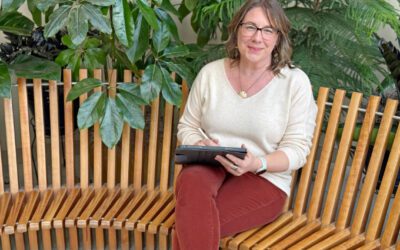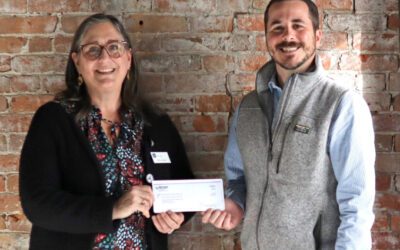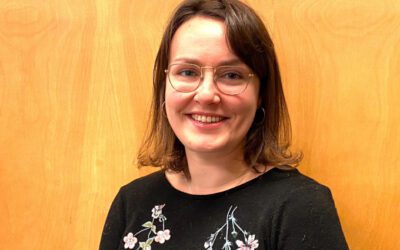A growing, female-led Maine seafood business, Nor’Easter Oyster Co creates premium, value-added products from sustainably grown shellfish.
NVME News
Insightful Workplace Solutions Wins Marketing Mini-Grant in New Ventures Maine Statewide Competition
Insightful Workplace Solutions offers customized training programs, executive coaching, and strategic consulting in areas such as leadership development, employee engagement, manager training, and workplace well-being.
Revive Wellness Wins 2025 New Ventures Maine Marketing Mini-Grant
“This grant allows us to expand our reach, attract new clients, and continue building brand awareness in our local community,” said Founder Shannon Taylor. “It gives us the resources to level up our marketing efforts so we can serve more women and grow sustainably.”
Dancing Jaguar Inspirations Wins New Ventures Maine Marketing Mini-Grant
The company’s mission is to transform the lives of children by teaching them spiritual concepts and metaphysical tools in fun and simple ways.
3B’s Catering Company Wins New Ventures Maine Mini-Grant to Boost Marketing
3B’s Catering Company specializes in creating memorable culinary experiences—from wood-fired pizza by the slice to elegantly plated private dinners—for events of all sizes.
Nonprofit Solution Hub Wins New Ventures Maine Marketing Mini-Grant
“This grant is more than just a financial boost for my business,” said Founder Renée Johansson. “It’s an opportunity to deepen my mission of supporting nonprofits that do vital work in our communities.”
New Ventures Maine Awards Marketing Mini-Grants to Six Businesses Across Maine
New Ventures Maine has announced the winners of the statewide 2025 NVME Marketing Mini-Grant Competition.
Free Hybrid Class to Build a Business Website is Open to Lincoln County-Area Business Owners In Person and Online
New Ventures Maine (NVME) in partnership with Empower by GoDaddy and Lincoln County Regional Planning Commission has opened...
Kim Donovan Joins NVME Workforce Staff
NVME recently hired Kim Donovan to the position of workforce specialist to provide career planning and financial education...
New Ventures Maine Launches Mini-Grant Competition for Small Businesses
New Ventures Maine (NVME) has announced open applications for their statewide Marketing Mini-Grant competition. The NVME...
NVME Welcomes Operations Manager
Leia’s professional experience working for nonprofit organizations supporting entrepreneurs and in higher education admissions is a great fit for her position at NVME.
Boost Your Financial Skills and Earn Recognition
You can earn the University of Maine System (UMS) Financial Literacy Micro-Credential with asynchronous, free classes and individual coaching from New Ventures Maine.












